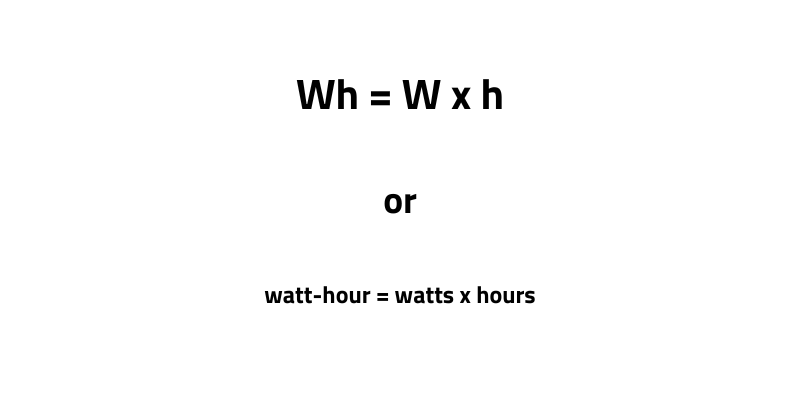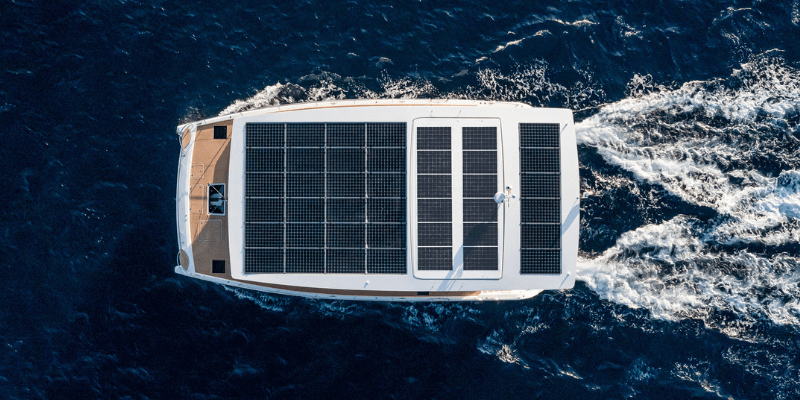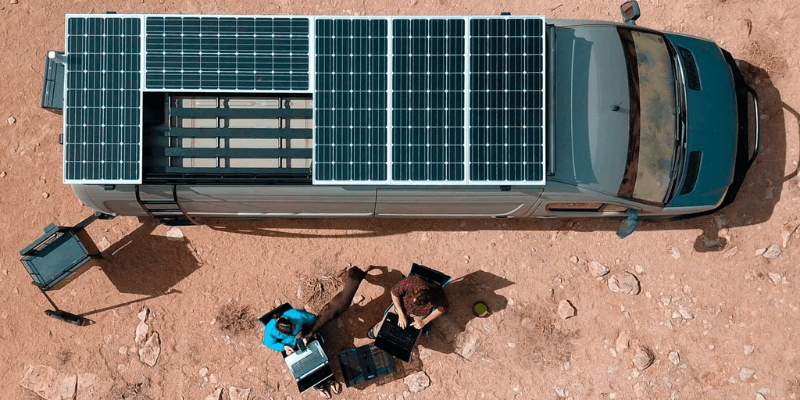Watt måler strøm, som indikerer hastigheten på energioverføring eller konvertering. Oppkalt etter den skotske oppfinneren James Watt, er denne enheten viktig innen felt som elektroteknikk og fysikk. Å forstå Watts hjelper deg med å evaluere ytelsen til et elektrisk enhet ved å måle energiforbruket og effektiviteten.
Hva er watt på enkle ord?
En watt måler hastigheten på strømbruk eller produksjon.
Tenk på det som å fylle en bøtte med vann: strømningshastigheten representerer strøm, lik hvordan watt fungerer for elektrisitet.
For eksempel bruker en 60-watt lyspære 60 watt strøm til et gitt øyeblikk når den er på; Høyere watt betyr større energiforbruk.

Vanlige watt multipler og hva de mener
Watt blir evaluert i multipler på 1000.
- Milliwatt (1/1000. av en watt) er den minste enheten, ofte brukt til å måle utgangseffekten til lysdioder og lasere.
- En kilowatt (kW) tilsvarer 1000 watt og er en standardenhet for måling av strøm; Den elektriske regningen din gjenspeiler sannsynligvis denne målingen.
- En megawatt (MW) tilsvarer 1000 kilowatt, som brukes til å måle kraften til store elektriske motorer, ubåter og hangarskip.
- En Gigawatt (GW) tilsvarer en milliard watt, vanligvis brukt til å måle utgangseffekten til store elektriske generatorer. Store byer kan konsumere denne mengden watt øyeblikkelig.
Elektriske enheter hjemme er vurdert i watt eller kilowatt; For eksempel kan en lyspære bruke 60 watt mens en mikrobølgeovn bruker 750 watt.
Apparater som kjøleskap har forskjellige rangeringer: en startvurdering (f.eks. 1200 watt) når du først er slått på og en løpekapasitet (f.eks. 800 watt) under normal drift, noe som kan være litt forvirrende.

Hvordan måle Watts?
For å måle Watts, må du kjenne forsterkere og volt fra en strømkilde, som kan måles med et multimeter.
For DC -kretser, bruk ligningen: Watts (W) = Volt (V) × Amperes (A).
For eksempel bruker en enhet som opererer med 120 volt og tegner 2 ampere strøm som følger: W = 120 V × 2 A = 240 W.
Dette kan også uttrykkes som kraft = ampere x volt (p = i*v) i mer tekniske sammenhenger.
I AC -strømmåling tilfører effektfaktoren (PF) kompleksitet siden Watts = Volts x Amps x PF. Strømfaktoren måler hvor effektivt en elektrisk enhet konverterer volt-Amperes til watt.

Høy watt vs lav watt
Høy watt betyr høyere strømforbruk, noe som fører til å skape apparater med lavere watt.
Imidlertid er høye watter gunstige for å generere varme; Varmere varmeovner har høyere watt.
Det er viktig å merke seg at apparater med høy watt produserer mer varme og kan overbelaste kretser, noe som fører til blåste sikringer eller trippet brytere.
Derimot krever enheter med lav watt som mobiltelefonladere og LED-pærer mindre strøm.
Forskjell mellom watt & Watt-timer
Watts måler kraften en enhet bruker, mens Watt-timer Mål energien som konsumeres over tid.
En wattime tilsvarer en watt brukt i en time.
For eksempel bruker en 10-watt LED-pære som er igjen i en time 10 wattimer med energi.

Strømforsyningskapasitet
En strømforsyningskapasitet, målt i watt, indikerer den maksimale kraften den kan levere.
Når du velger en strømforsyning, velger du en med tilstrekkelig watt for systemets behov.
Det er bedre å ha overflødig kapasitet enn utilstrekkelig kraft. Sikt på 10–20% takhøyde mellom strømforsyningens maksimale rangering og systemets krav.
For eksempel, hvis en enhet trenger 200 watt, ikke bruk en 200-watt strømforsyning; Velg en med høyere watt, som en 240-watt strømforsyning.

Hvorfor betyr Watts noe i bobiler & Båter?
Når du reiser i en bobil eller båt, er det avgjørende å beregne dine daglige strømkrav.
For marine applikasjoner, forstå den nødvendige motoriske strømmen basert på båtens størrelse.
I bobiler, bestemme hvilke apparater du kan kjøre samtidig.
For eksempel kan en generator som gir 4000 watt støtte et klimaanlegg, mikrobølgeovn og flere små apparater, men ikke på en gang.
Hvis du vurderer et solsystem for båten eller bobilen din, kan du beregne 24-timers watt for å bestemme hvor mange solcellepaneler du trenger basert på wattingen deres for å opprettholde daglig bruk.

Hvor mange watt solenergi trenger du?
For å bestemme watt som er nødvendig for at solcellepaneler skal drive RV, båten eller nettet, vil starte med å liste opp alle elektriske enheter vil bli brukt. Registrer hver enhets watt og tiltenkt kjøretid.
Deretter legger du sammen wattagene og totalt løpetidene. Multipliser disse to totalen (total watt x total anslått kjøretid) for å finne de nødvendige watt-timer.
Hvis du for eksempel planlegger å kjøre alle enheter i 12 timer med et 250-watt solcellepanel, kan det produsere 3000 watt-timer (250 x 12 = 3000). Hvis det totale kravet ditt overstiger 3000 wattimer i løpet av den perioden, trenger du mer enn ett panel.
Denne metoden er forenklet; Mange andre faktorer vil påvirke solens behov. For en mer detaljert tilnærming til å beregne krav til en bobil, kan du sjekke Etrailers artikkel.

